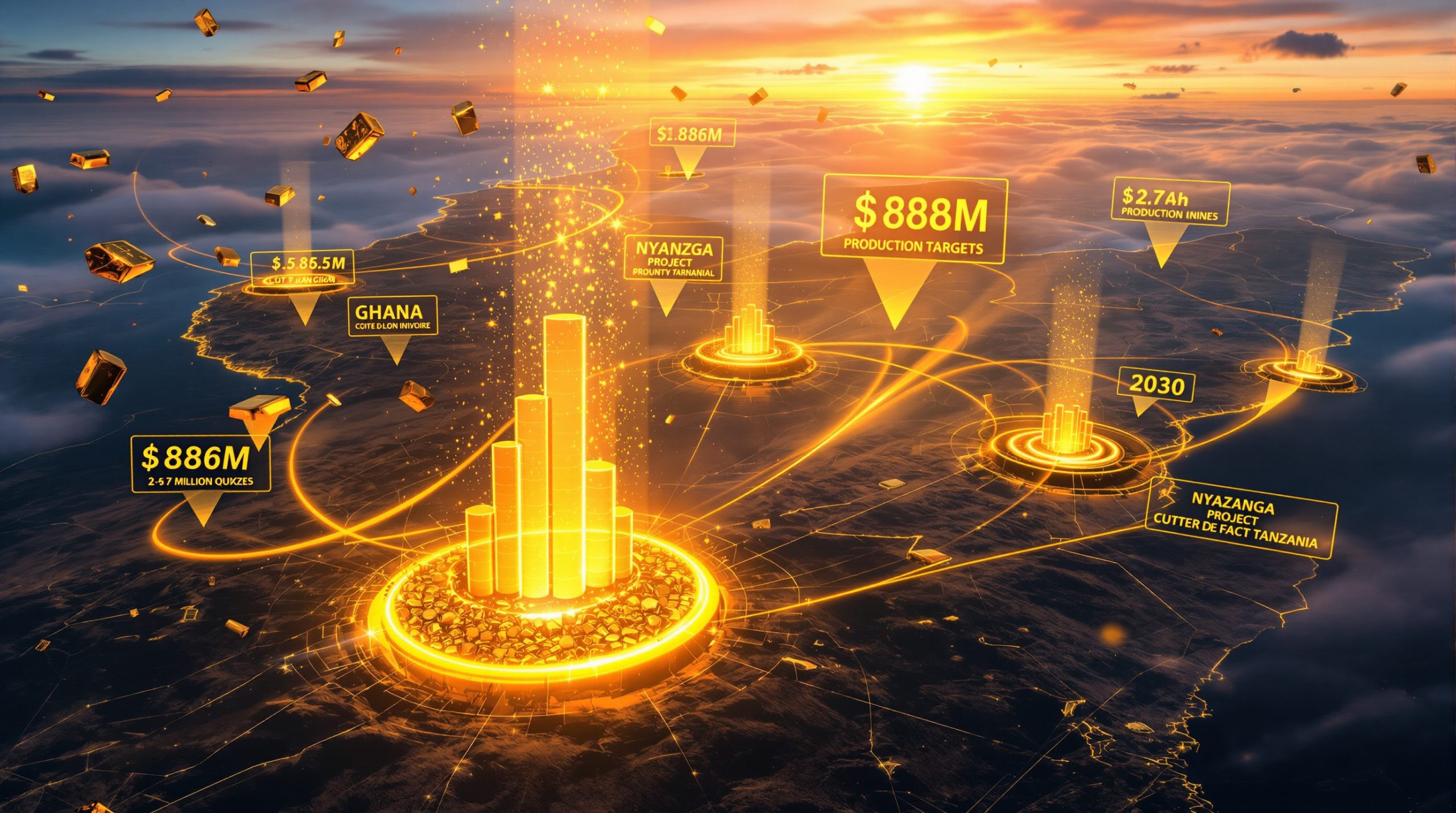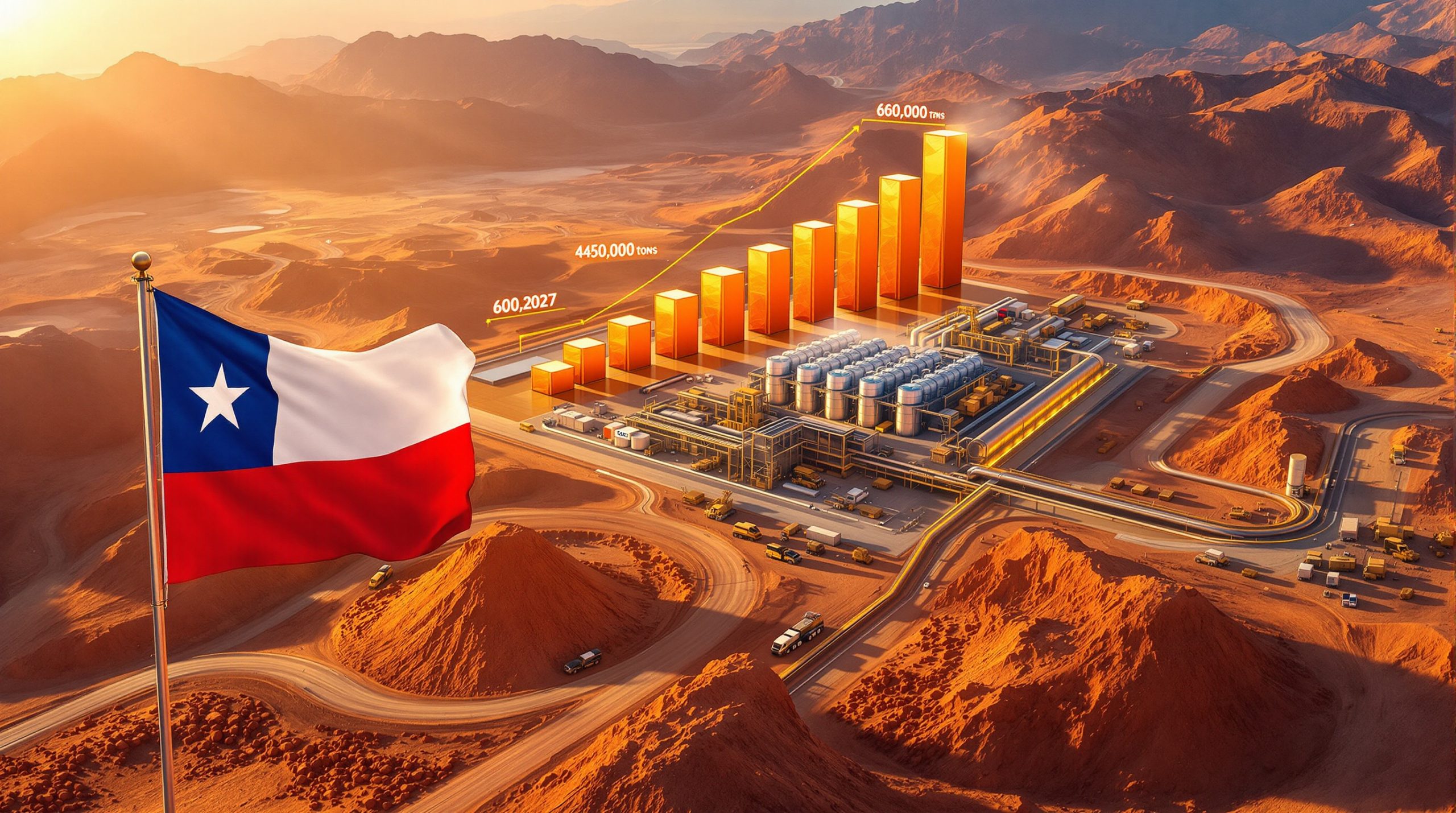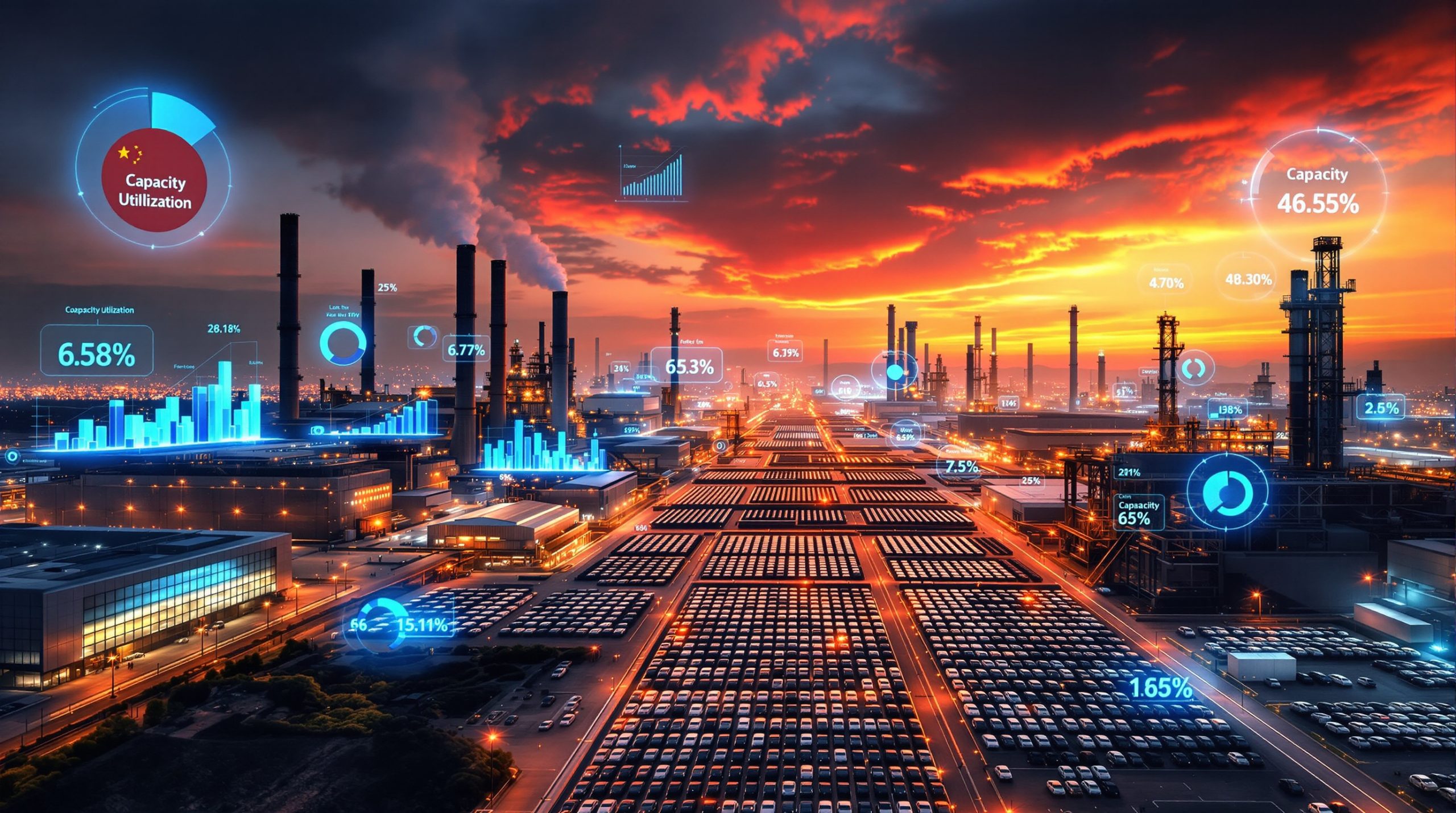The nickel price today in 2025 shows remarkable momentum as investors and industry experts alike ask, "what is the nickel price today 2025?" In recent weeks, the metal has surged by almost $1 per pound (over $2,000 per ton), signalling a decisive breakout that leaves traders keenly watching market developments.
Market analysts have observed a seasonal price squeeze in early 2025. Furthermore, indicators of cyclical pressure have encouraged many to refer to dynamic market reports such as ferro‐nickel pricing transformation insights. These insights help explain persistent structural factors beyond short-term fluctuations.
In addition, economic forecasts now frequently address the question, "what is the nickel price today 2025?" This emphasis has grown because market participants recognise that seasonal factors are compounded by underlying supply-chain disruptions. Consequently, there is a heightened focus on monitoring refined forecasts from external sources like lme nickel trends.
Key Drivers Behind the Price Surge
Seasonal disruptions play a crucial role in 2025’s market movement. The rainy season in the Philippines has slowed production sharply, reducing ore output by nearly half. This weather-related disruption, coupled with other supply constraints, creates uncertainty that pushes prices higher.
Indonesian ore supply constraints, which began in summer 2024, continue to tighten stockpiles worldwide. Consequently, these cumulative pressures are now evident as traders and analysts ask repeatedly, "what is the nickel price today 2025?" Furthermore, government policy changes have intensified these developments.
The Indonesian government recently increased royalty rates from 10% to a variable 14-19%. This policy change directly adds extra costs across the supply chain. In addition, industry reports such as indonesia’s 2025 nickel quota adjustment have detailed how these measures may reshape global pricing.
Global Demand and Market Dynamics
The impact of Chinese port stockpile reductions cannot be overstated. Chinese consumption has outpaced new supply, leading to a notable inventory drawdown. In addition, this decline serves as an early indicator of future price increases, reinforcing the query, "what is the nickel price today 2025?" Analysts suggest that reduced stock levels will sustain upward pressure.
Furthermore, significant growth in the electric vehicle (EV) sector continues to influence nickel demand. For instance, reports on nickel sulphate’s role in the ev revolution highlight how battery production drives additional demand for high-purity nickel. Consequently, these trends integrate well with existing market pressure from traditional sectors.
EV consumption is projected to see global growth of 20-25% annually. Moreover, it was recorded that in February 2025, global EV sales increased by 30% compared to the previous year. This steady growth underscores the long-term commitment of automakers, even amid significant economic volatility.
Indonesian Influence on Global Pricing
Indonesia plays a vital role in controlling rising nickel prices. With approximately two-thirds of the global supply under its control, the government wields significant influence. Moreover, strategic policy adjustments such as changes to royalty rates are being used to drive up the price floor for nickel internationally.
The Indonesian approach involves careful manipulation of ore licensing and royalty adjustments, effectively reshaping market economics. For example, new policies add between $250 and $500 per ton over production costs. This strategic move is documented alongside broader market expectations in mining and finance industry predictions for 2025.
Furthermore, these regulatory shifts increase market unpredictability. Consequently, market experts are now more frequently addressing "what is the nickel price today 2025" to assess potential investment risk and returns. This trend reflects a broader shift in global resource management and pricing strategies.
Chinese Influence and Technical Factors
China’s involvement in the Indonesian industry has introduced complex cross-border dynamics. Notably, Chinese companies hold roughly 75% of Indonesian nickel operations. This factor, combined with inventory draws from Chinese ports, intensifies price compression between different nickel forms.
For instance, increasing capacity to convert various forms of nickel into a deliverable commodity has led to converging price gaps. In addition, market analysts predict that the discount for nickel pig iron will eventually settle between $2,000 and $2,500 per ton below standard refined levels. Reports on mining’s critical role in the clean energy transition corroborate these observations by linking technical capabilities with clean energy initiatives.
These technical measures have significant implications. Furthermore, the increasing preference for refined nickel due to conversion capabilities directly influences investor sentiment and trade flows. Investors regularly compare these market conditions with external resources such as nickel market insights.
Evolving Battery Chemistry Trends
Regional battery chemistry variations remain a significant factor in shaping nickel demand. The North American market, for instance, still favours nickel-based batteries for larger vehicles. As technical requirements evolve, manufacturers are experimenting with optimal chemistries to balance cost and performance.
Luxury vehicle manufacturers have maintained a preference for high-nickel batteries, ensuring that significant demand remains in premium market segments. In addition, there is a clear trend where some manufacturers are reducing the nickel percentage in their battery chemistries from 80-90% to about 60%. This adjustment preserves performance while slightly reducing costs, sustaining demand in an evolving market context.
Moreover, hybrid vehicles are serving a niche market with tailored nickel battery chemistries. This specialised demand further cements nickel’s role in both traditional and innovative applications in 2025. Such developments reinforce the recurring question, "what is the nickel price today 2025?"
Shifting Dynamics in Project Financing
Financing for nickel projects is undergoing dramatic change. Traditional financing sources have retreated, leaving a gap that alternative funding methods now seek to fill. In addition, smaller investors have largely exited the sector following several high-profile project setbacks.
Banks are increasingly cautious as risk profiles worsen due to overruns and delays. As a result, alternative sources have stepped in to provide capital, including government-backed initiatives and direct investments. For instance, the Ontario government recently announced a $500 million investment in critical minerals processing plants.
Governments are now prioritising national security concerns and resource security. Moreover, strategic investments are flowing into projects that show long-term promise despite short-term risks. Market developments such as these are outlined in reports like mining and finance industry predictions for 2025.
Notable Developments in the Nickel Sector
Industry partnerships are forging significant shifts in market dynamics. An example is the collaboration between Talon Metals and Lundin Mining in Michigan. Under this agreement, Lundin may secure up to 70% of Talon’s properties through staged investments.
Furthermore, the strategic location near the Eagle Mine, which is scheduled to close soon, creates a win-win situation. Talon secures exploration funding without diluting shareholder value, while Lundin ensures potential mill feed supplies to support extended operations.
Canada Nickel Company’s "Three Giants" project has also demonstrated impressive progress. High-grade results from the Mann West deposit have reached up to 0.6% nickel. In addition, the Midlothian deposit shows grades exceeding typical economic thresholds, setting the stage for further exploration and development.
Chalice Resources and Thrust Atlantic Nickel have also contributed to market evolution. Their changes in project focus and early results underscore the complex decisions facing modern producers amidst fluctuating market dynamics.
Outlook and Future Price Projections
Early movements in nickel prices have set the stage for further increases throughout 2025. Analysts expect Indonesian producers to push prices into the $18,000-$20,000 per ton range. In addition, these producers are strategically responding to the new royalty structure.
Market participants are well aware that precursor prices in Indonesia serve as critical indicators. In addition, the strong global demand from industries such as stainless steel and electric vehicles sustains robust price foundations. Consequently, investors and traders continue to monitor trends to answer the pressing question, "what is the nickel price today 2025?"
Key takeaways for market enthusiasts include:
- Seasonal disruptions and weather-related production cuts play a significant role.
- Indonesian government policy and royalty adjustments are crucial.
- Global shifts in battery chemistry and EV growth create long-term demand.
- Diverse financing strategies are reshaping project development.
External research and market trends suggest that stakeholders should monitor production, technological advancements, and policy initiatives diligently. In addition, analysis from industry sources supports the belief that rising prices will endure throughout 2025.
FAQs About Nickel Prices and Market
What factors most directly impact nickel prices today?
The most influential factors include Indonesian export policies, Chinese demand patterns, EV battery production growth, and global inventory levels. Rising royalty rates in Indonesia have recently become a crucial driver by effectively increasing the production cost base.
How do Indonesian royalty rates affect global nickel pricing?
These rates provide a cost floor for nickel production. When rates increase, particularly from 10% to 14-19%, the entire supply chain experiences elevated cost structures, which directly impacts market pricing.
Why is EV demand so significant for nickel forecasts?
Electric vehicle sales growth dramatically drives nickel consumption. Each EV requires substantial quantities of high-grade nickel, which significantly alters production dynamics and market pricing.
What role does government funding play?
Government incentives and direct investments, such as Ontario’s recent $500 million initiative, support domestic supply chain development. In addition, national security concerns further catalyse investments into securing strategic minerals.
Each FAQ response provides essential context for understanding these market shifts. With evolving trends and rapid policy changes, industry participants frequently evaluate "what is the nickel price today 2025" to gauge future investment opportunities.
In conclusion, the nickel market continues to evolve dynamically as supply constraints, shifting government policies, and technological advances in battery chemistry drive ongoing change. With multiple sectors – from stainless steel production to emerging EV applications – depending on nickel, stakeholders are urged to monitor these trends closely.
Looking for Real-Time Nickel Discovery Opportunities?
Gain instant notifications on significant ASX nickel discoveries through Discovery Alert's proprietary Discovery IQ model, transforming complex market dynamics into actionable investment insights. Explore why major mineral discoveries can lead to significant returns by visiting Discovery Alert's dedicated discoveries page and position yourself ahead of the market with a 30-day free trial.




